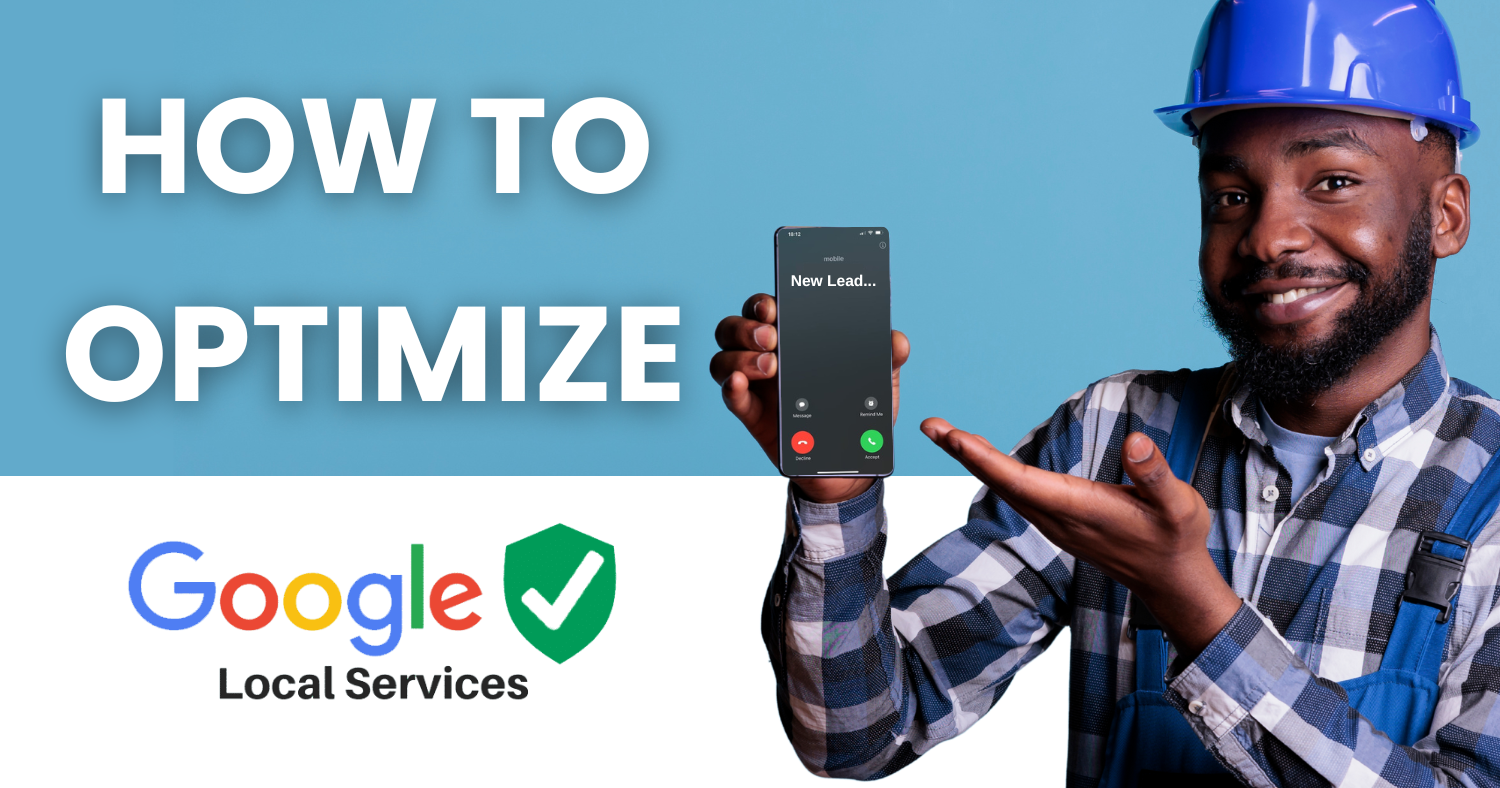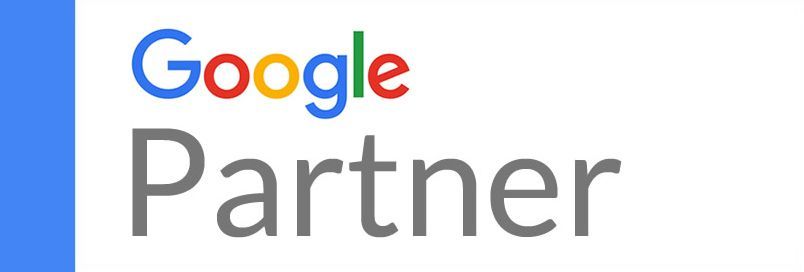There will always be the obvious keywords like:
- Water damage
- Water damage restoration
- Fire damage
- Fire damage restoration
- Mold removal
Then there are other less obvious keywords like:
- Water cleanup
- Water extraction service
- Flood cleanup
- Water in my basement
- Sewage cleanup







